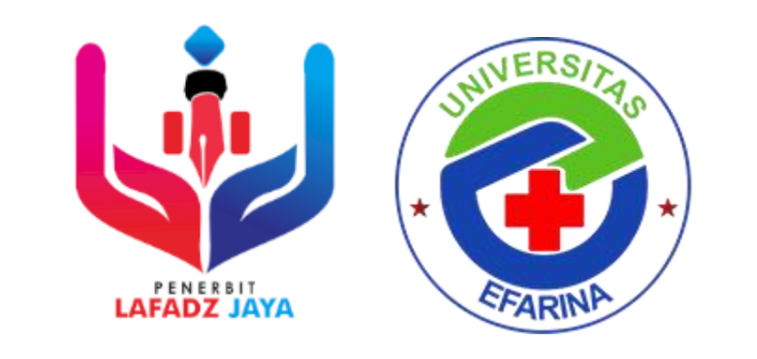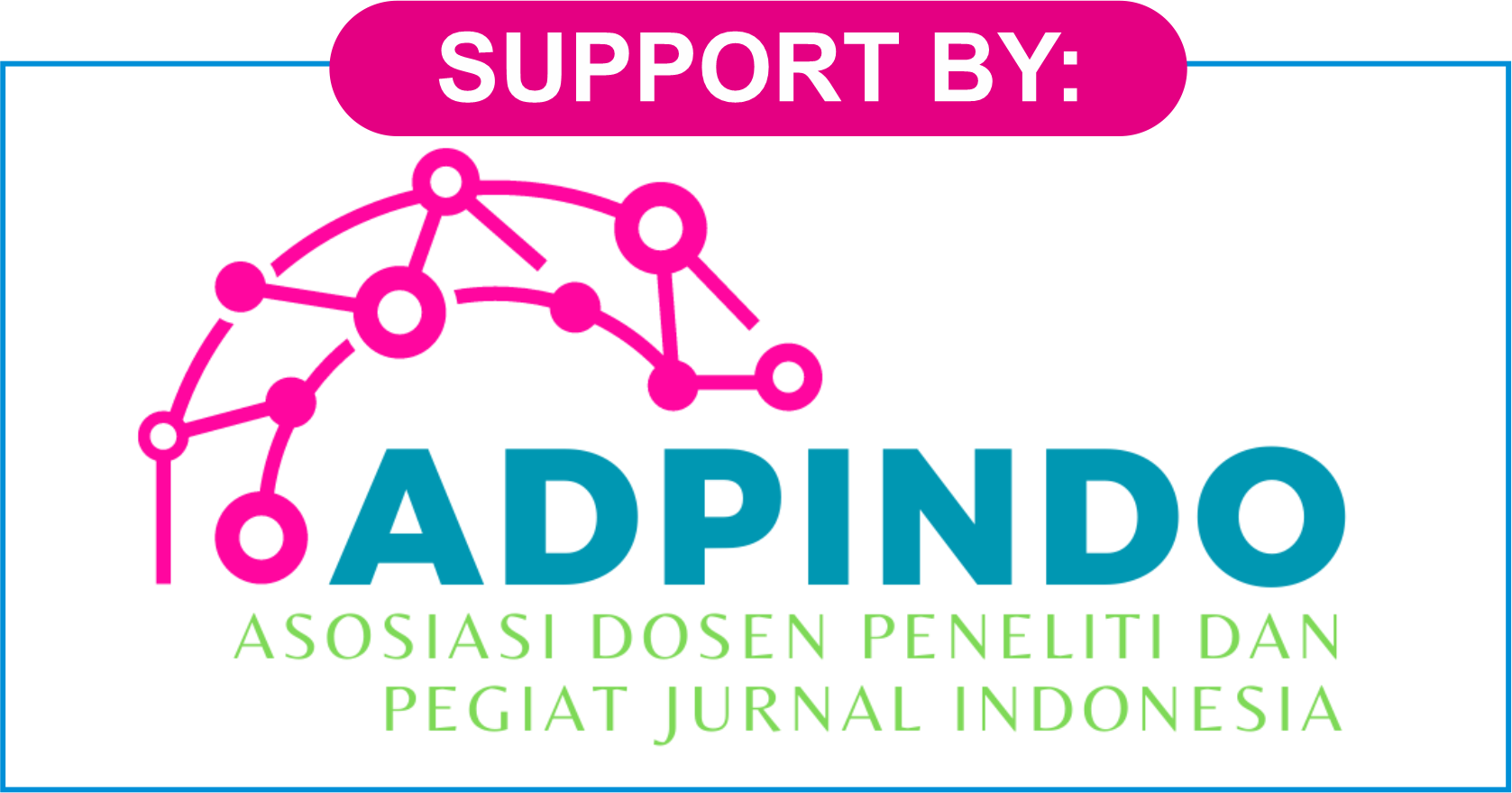PENGARUH PSYCHOLOGICAL SAFETY TERHADAP CREATIVE SELF EFFICACY KARYAWAN
DOI:
https://doi.org/10.47353/sikontan.v1i4.735Keywords:
Psychological safety, Creative Self Efficacy, KaryawanAbstract
Kreativitas karyawan merupakan hal yang penting karena menjadi awal dari inovasi. Karyawan yang memiliki kinerja kreatif akan cenderung memiliki pemikiran untuk menyarankan ide ide baru bagi organisasi. Lingkungan berperan penting dalam menumbuhkan kreativitas individu, individu tidak akan mendapatkan kreativitas atau berinovasi tanpa adanya keamanan secara psikologis. Penelitian ini bertujuan untuk mengungkap pengaruh psychological safety terhadap creative self efficacy karyawan yang bekerja di sektor swasta. Metode penelitian yang digunakan adalah kuantitatif survey dengan media limesurvey. Partisipan pada penelitian berjumlah 221 yang teridiri dari 169 responden berjenis kelamin laki-laki dan 52 responden berjenis kelamin perempuan. Psychological safety diukur menggunakan alat ukur yang dikembangkan Edmonson (1999) dan creative self efficacy menggunakan alat ukur yang dikembangkan Tierny & Farmer (2002). Hasil analisis regresi menunjukkan psychological safety memiliki pengaruh positif sebesar 0,43 p = 0,00 (p<0,005). Sehingga pada penelitian ini dapat ditarik kesimpulan psychological safety memilik pengaruh positif terhadap creative self efficacy.
Downloads
References
Amabile, T. M., Appelmans, K., Baillio, M., Collins, M. A., Hennessey, B., Hill, K., Phillips, H. I. E., Picariello, M., & Whitney, D. (1996). ASSESSING THE WORK EIWIRONMENT FOR CREATIVITY Personnel Decisions International. In * Academy of Management Journal (Vol. 39, Issue 5).
Amabile, T. M., Conti, R., Coon, H., Lazenby, J., & Herron, M. (1996). Assessing the work environment for creativity. Academy of Management Journal, 39, 1154–1184.
Anderson, N., Potocnik, K., & Zhou, J. (2014). Innovation and creativity in organizations: A state-of-the-science review, prospective commentary, and guiding framework. Journal of Management, 40, 1297–1333.
Bandura, A. (1997). Self-Efficacy “The Exercise of Control.” W.H. Freeman and Company.
Basit, A. A. (2017). Trust in Supervisor and Job Engagement: Mediating Effects of Psychological safety and Felt Obligation. Journal of Psychology: Interdisciplinary and Applied, 151(8), 701–721. https://doi.org/10.1080/00223980.2017.1372350
Bornemisza, A. (2013). Creativity and Psychological safety a proposed model on the links between psychological safety, ambiguity tolerance, playfulness and creativity. Lund University.
Choi, S. B., Ullah, S. M. E., & Kang, S.-W. (2021). Proactive Personality and Creative Performance: Mediating Roles of Creative Self-Efficacy and Moderated Mediation Role of Psychological safety. Sustainability, 13.
Dima, G., Meseșan Schmitz, L., & Șimon, M. C. (2021). Job stress and burnout among social workers in the vuca world of covid-19 pandemic. Sustainability (Switzerland), 13(13). https://doi.org/10.3390/su13137109
Edmondson, A. (1999a). Psychological safety and learning behavior in work teams. Administrative Science Quarterly, 44(2), 350–383. https://doi.org/10.2307/2666999
Edmondson, A. (1999b). Psychological safety and learning behavior in work teams. Administrative Science Quarterly, 44(2), 350–383. https://doi.org/10.2307/2666999
Fortune, S. (2018, April 30). Why psychological safety is the key to creativity and innovation in the workplace. The Oxford Group.
Ge, Y. (2020). Psychological safety, employee voice, and work engagement. Social Behavior and Personality, 48(3). https://doi.org/10.2224/SBP.8907
Hobfoll, S. E. (1989). Conservation of Resources A New Attempt at Conceptualizing Stress.
Hobfoll, S. E., Halbesleben, J., Neveu, J.-P., & Westman, M. (2018). Annual Review of Organizational Psychology and Organizational Behavior Conservation of Resources in the Organizational Context: The Reality of Resources and Their Consequences. Annu. Rev. Organ. Psychol. Organ. Behav, 5, 103–131. https://doi.org/10.1146/annurev-orgpsych
Isaksen, S. G., & Akkermans, H. J. (2011). Creative climate: A leadership lever for innovation. Journal of Creative Behavior, 45(3), 161–187. https://doi.org/10.1002/j.2162-6057.2011.tb01425.x
Kahn, W. A. (1990). Psychological conditions of personal engagement and disengagement at work. Academy of Management Journal, 33(4), 692–724. https://doi.org/10.5465/256287
Karwowski, M., & Kaufman, J. C. (2017). The Creative Self: Effect of Beliefs, Self-Efficacy, Mindset, and Identity. In The Creative Self.
Khedhaouria, A., Gurau, C., & Torres, O. (2015). Creativity, self-efficacy, and small-firm performance: the mediating role of entrepreneurial orientation. Small Business Economic, 44(3), 485–504.
Lawrence, K. (2013). Developing Leaders in a VUCA Environment. www.execdev.unc.edu
Marabessy, Z. A. (2019). Membentuk kreativitas dalam dunia kerja. SUHUF, 31(1), 58–71.
Oldham, G. R., & Cummings, A. (1996). Employee creativity: Personal and contextual factors at work. Academy of Management Journal, 39(3), 607–634.
Taskan, B., Junça-Silva, A., & Caetano, A. (2022). Clarifying the conceptual map of VUCA: a systematic review. In International Journal of Organizational Analysis. Emerald Group Holdings Ltd. https://doi.org/10.1108/IJOA-02-2022-3136
Tierney, P., & Farmer, S. M. (2002). CREATIVE SELF-EFFICACY: ITS POTENTIAL ANTECEDENTS AND RELATIONSHIP TO CREATIVE PERFORMANCE. In B Academy o/Moiiqgpiniiiil Journal (Vol. 45).
Zhao, S., Jiang, Y., Peng, X., & Hong, J. (2020). Knowledge sharing direction and innovation performance in organizations. European Journal of Innovation Management.
Downloads
Published
How to Cite
Issue
Section
License
Copyright (c) 2023 Gestal Baswara

This work is licensed under a Creative Commons Attribution 4.0 International License.











